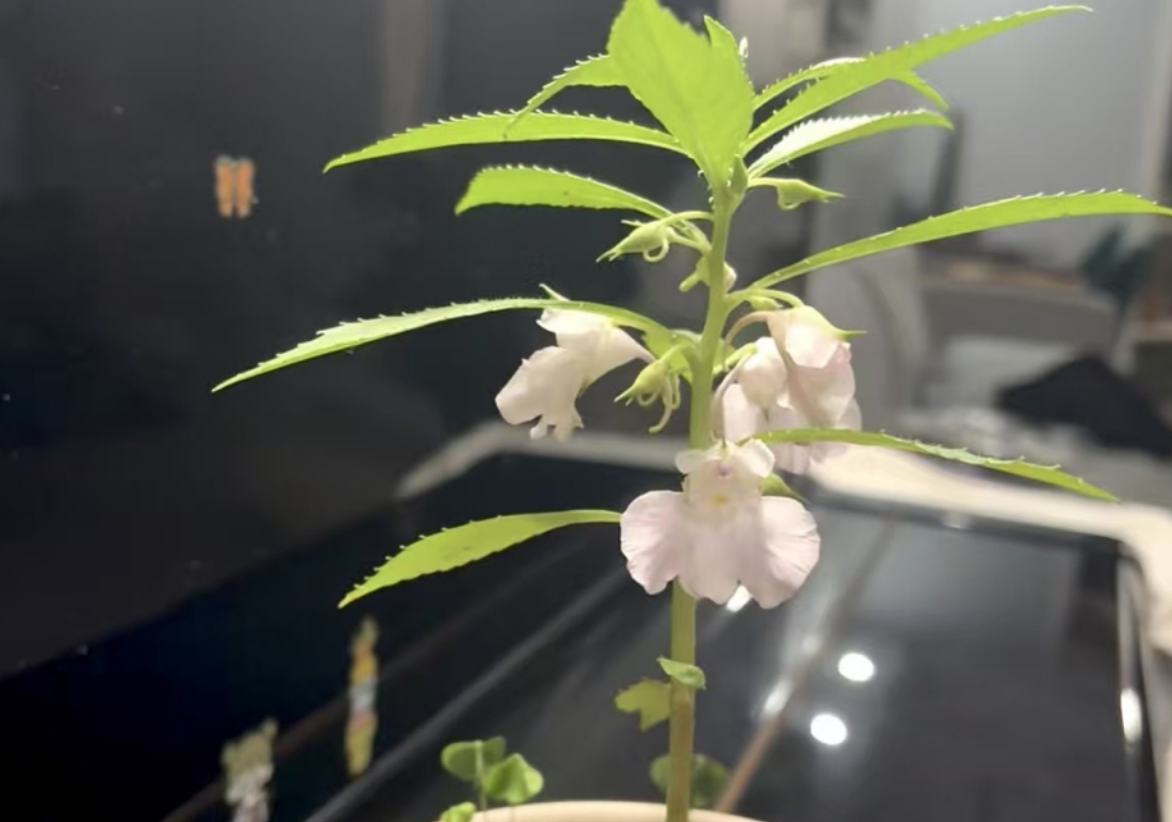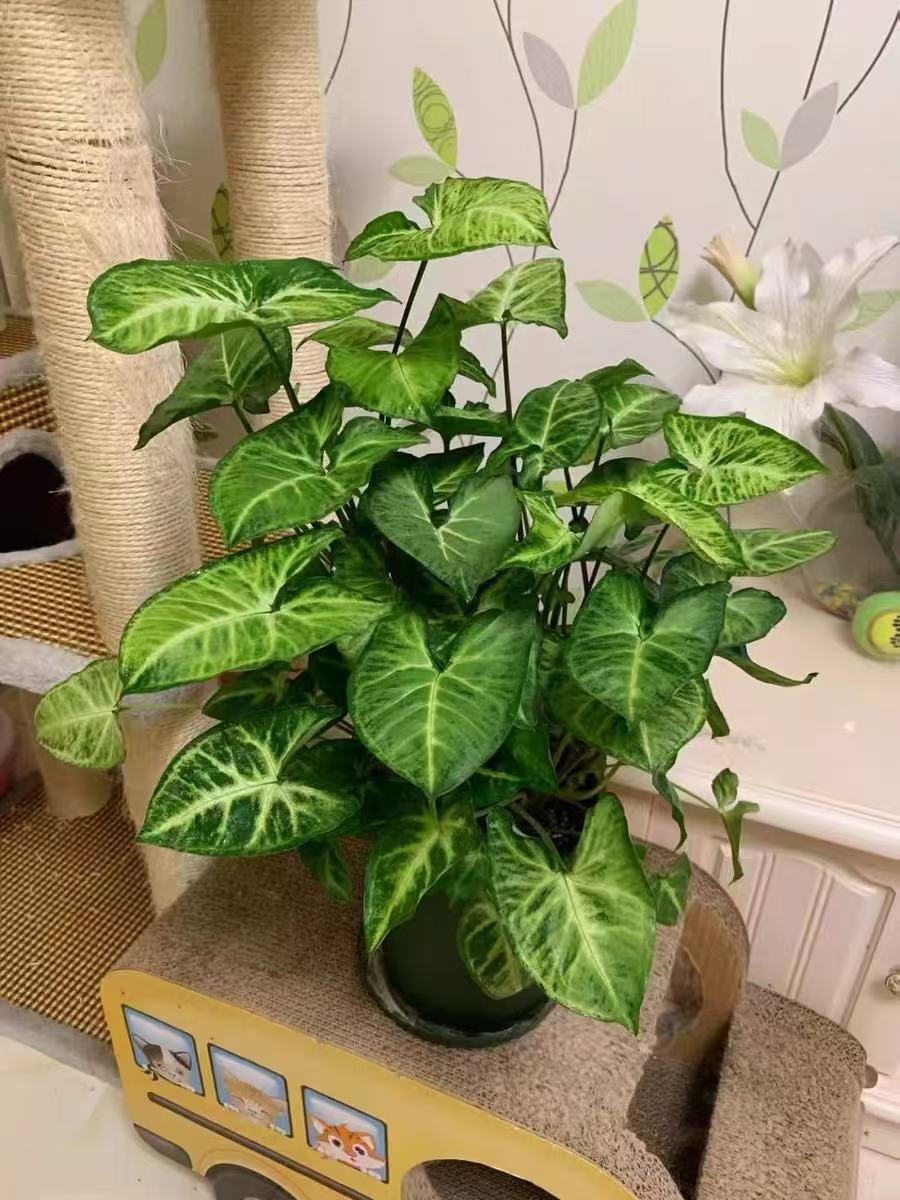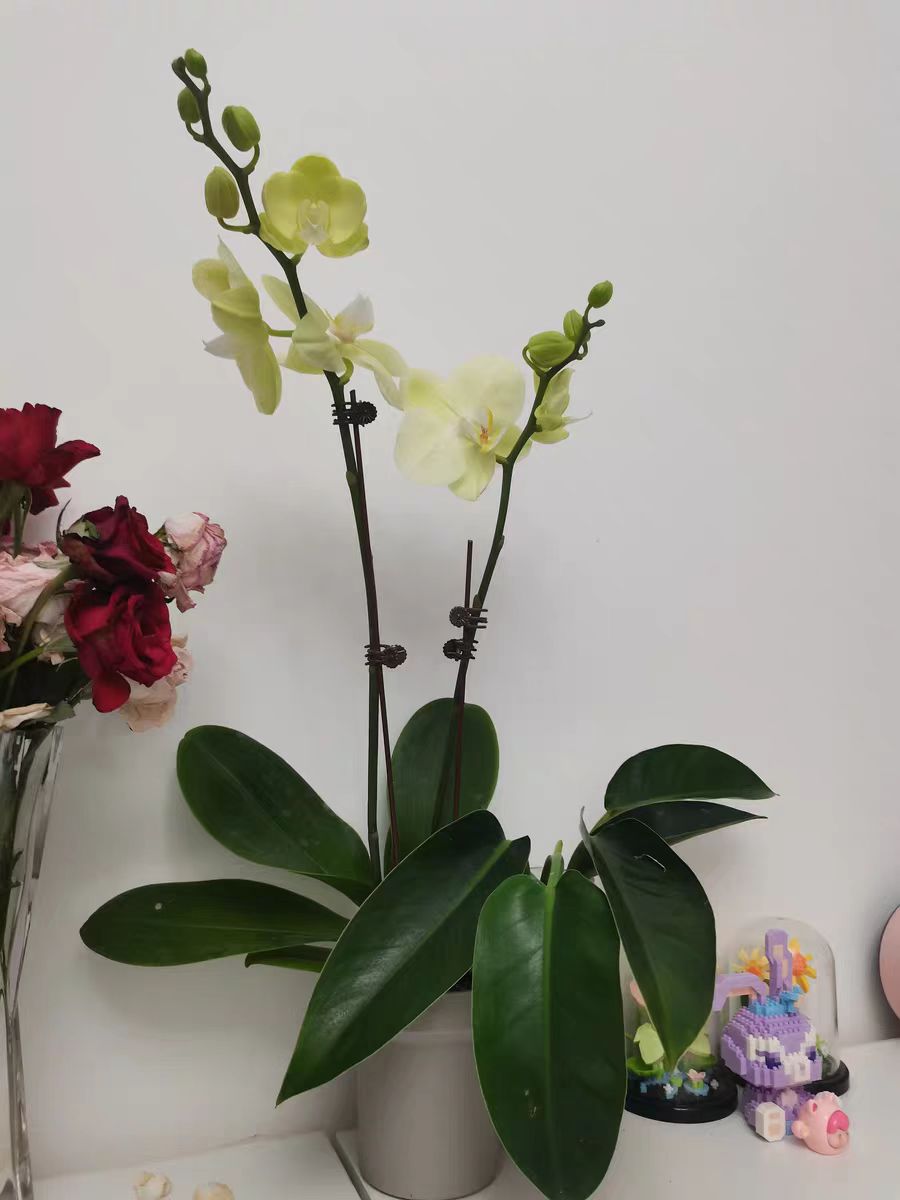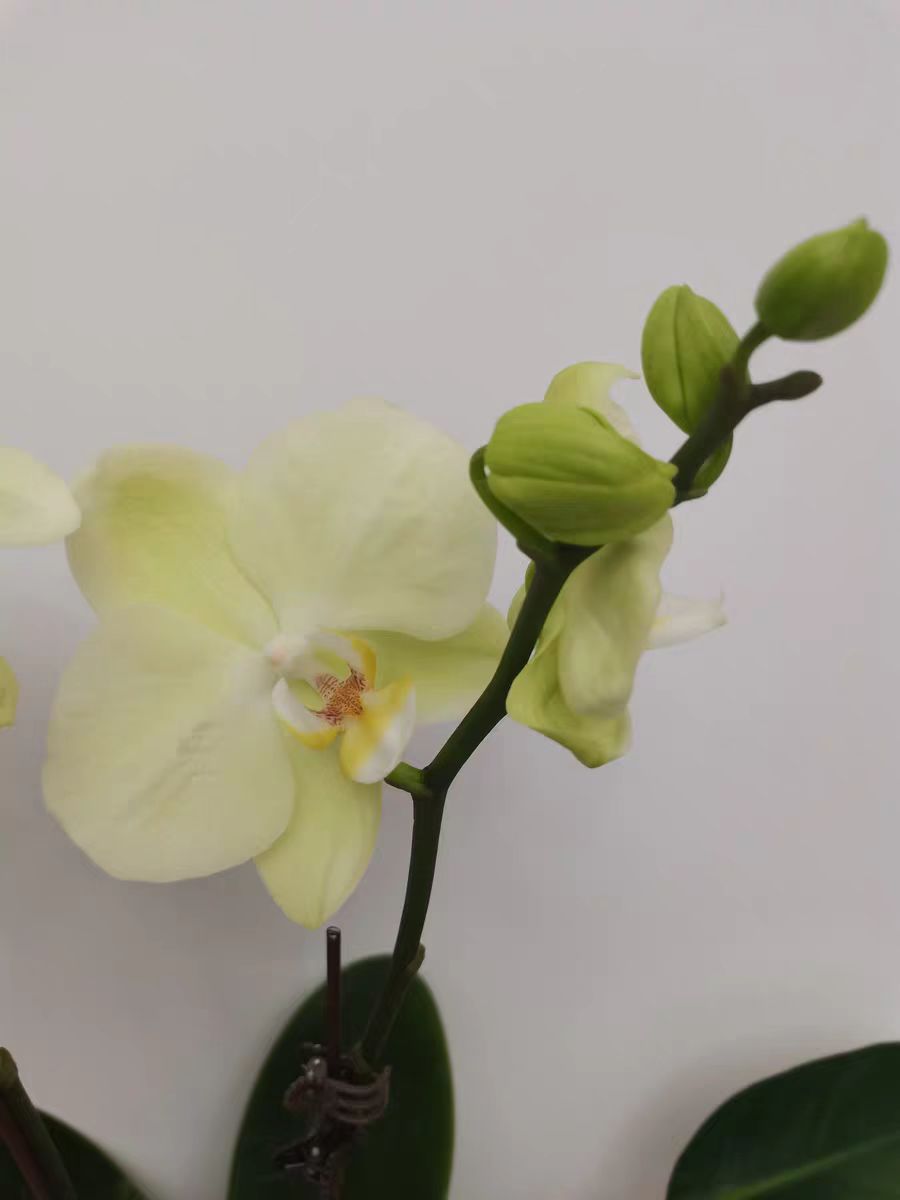It is very common in rural areas. This kind of flower comes in various colors and blooms in full flourish. Whether it is planted on the balcony or in the yard, it always stands out. What is being described is the "impatiens". It is very friendly to novice flower lovers. The seeds it produces in autumn can be casually scattered in the soil, and a large area of impatiens will grow the following year.
In addition to being easy to grow, it contains a natural reddish-brown pigment and can be used as a pigment for dyeing nails. Moreover, in traditional Chinese medicine, it is also a medicinal herb that can treat abdominal pain, amenorrhea, blood stasis, relieve pain and reduce swelling in women.
Impatiens are annual herbs, mostly produced in China, India and Malaysia, and are very suitable for home cultivation. In terms of cultivation, it likes sunlight, is heat-resistant but not cold-resistant. To grow it well, it needs sufficient light, preferably at least 4 hours of scattered light exposure every day. However, in the hot summer, it should be properly shaded. Its suitable temperature is between 15°C and 30°C. As long as the temperature is within this range, it can basically bloom. In winter, the temperature should be kept above 10°C. Especially in cold or frosty areas, it must be placed in a warm space, otherwise the potted plant will die.
In terms of watering, impatiens only need the soil to be slightly moist, and waterlogging should be avoided. The watering frequency should be adjusted according to the seasons. It is recommended to water once every 3 to 5 days in spring and autumn. In summer, it can be increased to once every 2 days. In winter, the watering frequency should be reduced to prevent root rot.
Generally, when purchased in the flower market, the impatiens will come with soil. But if the soil is found to be compacted later, the soil needs to be turned over. It is recommended to choose slightly acidic sandy soil that is loose, fertile, well-drained and breathable. For soil preparation, leaf mold, sand and garden soil can be mixed. When changing the pot, carefully check if there are any roots that are too old or too long, and cut off these roots that compete for nutrients. The soil should be loosened regularly during cultivation to make the soil have good air permeability, which is beneficial to root development.
In terms of fertilization, impatiens like fertilizer but avoid concentrated fertilizer. Applying phosphorus and potassium fertilizers before and during the peak flowering period can promote flowering. At other times, thin organic fertilizers can be applied, and topdressing once every half a month can promote growth. However, it should be noted that fertilization should be stopped in winter.
Can impatiens be used to dye nails?

Share with
Tagged in :




Leave a Reply